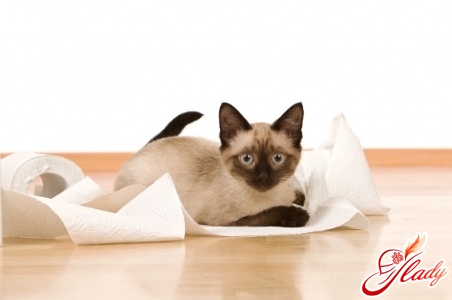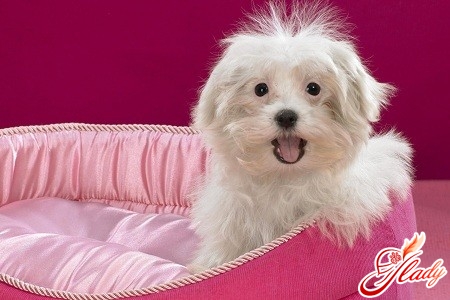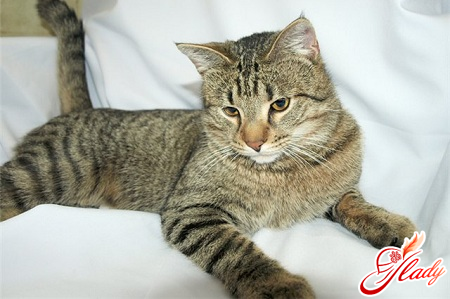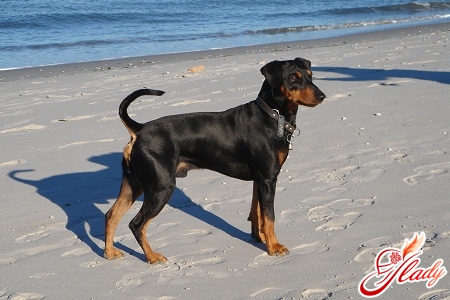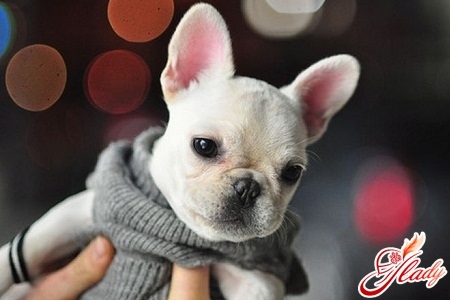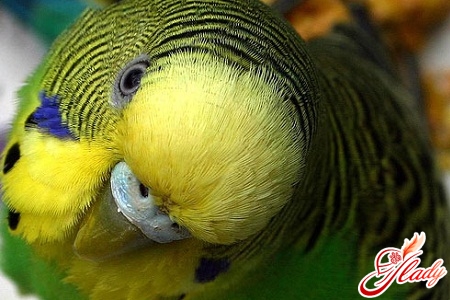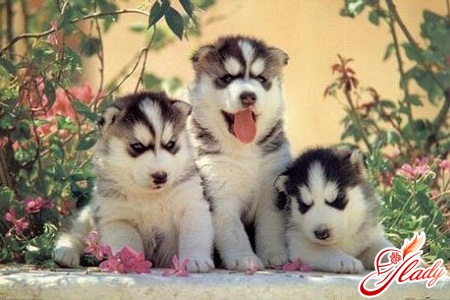 The word "decorative" doesn't really fitdogs, although it has already firmly established itself in our everyday lexicon and in special terminology. On the other hand, decoration is an adornment. And don't these brave and loyal creatures decorate our lives? Of course, they decorate and enrich them and bring additional meaning to them. The breeds of decorative dogs are so diverse that you are simply amazed. Among them, there are very tiny and not so small specimens. They can be shaggy and hairless, with flat and elongated muzzles, with straight and curled tails, with long and short hair. And the temperament of representatives of different breeds is also different. They also have different origins. And, nevertheless, despite their different appearance, all these dogs have a lot in common. What unites them and why are decorative breeds very, very popular all over the world? Let's figure it out.
The word "decorative" doesn't really fitdogs, although it has already firmly established itself in our everyday lexicon and in special terminology. On the other hand, decoration is an adornment. And don't these brave and loyal creatures decorate our lives? Of course, they decorate and enrich them and bring additional meaning to them. The breeds of decorative dogs are so diverse that you are simply amazed. Among them, there are very tiny and not so small specimens. They can be shaggy and hairless, with flat and elongated muzzles, with straight and curled tails, with long and short hair. And the temperament of representatives of different breeds is also different. They also have different origins. And, nevertheless, despite their different appearance, all these dogs have a lot in common. What unites them and why are decorative breeds very, very popular all over the world? Let's figure it out.
A little about the group
Officially, the group of decorative dogs isthe ninth group of the FCI. This group of dog breeds is the most numerous - it has about fifty varieties. The peculiarity of dogs of this group is that they were never required to do any work. And their main purpose was to decorate human life. As a rule, they have miniature sizes and a spectacular appearance. Selection, selection and breeding of hybrids of decorative breeds were aimed at the qualities that helped these dogs survive in the house and in human hands. Therefore, decorative dogs are very sociable and friendly. Contrary to popular belief, they are not stupid at all, but gentle and responsive to affection. They can do nothing but give love to their owners. In our usual understanding, the group of decorative breeds is very conditional. Many breeds that are today considered decorative are also service or hunting dogs. This group includes dogs that are kept as pets and are not required to perform security, search, hunting or any other functions. These are, first of all, companion dogs, among which are hunting spaniels, Afghan hounds, fighting bulldogs or shar pei, rat terriers and decorative ones, such as, for example, the Peruvian Inca orchid or papillon.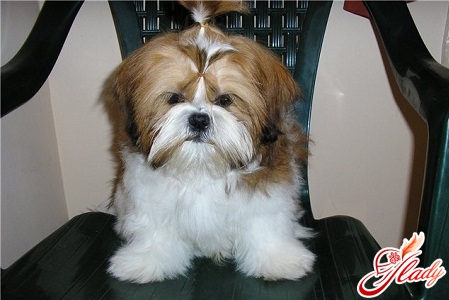
A little bit about the history
Since the domestication and taming of the dog,further presence in human life had two paths. First of all, people used dogs as assistants in hunting and war, in agriculture (shepherds), as guards and protectors. But at the same time, almost every house (especially in rich families) had small dogs - for the soul. If you look at the paintings of old masters, then, as a rule, in all formal portraits, ladies (sometimes children) are depicted with small dogs in their arms. While in men's portraits there are large hunting dogs. And this has always been the case and in all countries - large, medium and miniature dogs always live next to a person. But there were exceptions. For example, in Ancient China, there were almost no large dogs. There were fighting and guard dogs (Akito and Toso), and in most houses and in the imperial palace itself and even in monasteries, small dogs lived. These were cult and ritual dogs. Such a popular breed today as the Shih Tzu, for example, was generally prohibited for sale. These dogs were kept in high-mountain Tibetan monasteries and were given only to noble and respected guests. And the Pekingese was generally a palace dog, which was forbidden to be taken outside the territory of the imperial palace under penalty of death.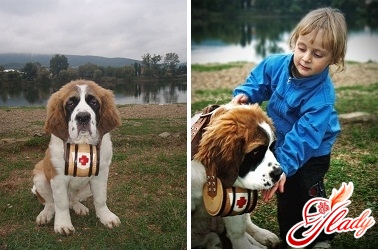
A little bit about the origin
It's hard to say now how exactly they appeared.miniature domestic dogs. Most likely, people selected the smallest representatives of the canine family to live in their homes and tried to fix this feature in them through targeted breeding. But it is known that all currently existing decorative dog breeds have far from the same origin. For example, the eastern group (Pekingese, Chihuahua, Shih Tzu, Lhasa Apso, etc.) are cult dogs. Latin American hairless dogs most likely owe their existence to the priests of ancient Indian tribes. Poodles and griffons were originally hunting dogs. Pugs trace their ancestry back to powerful mastiffs. The ancestors of miniature pinschers, poodles, dachshunds and toy terriers were dogs of normal sizes. But in the process of evolution and selection, they became the owners of a characteristic appearance solely due to the whim of man, who fixed the "dwarfism" gene in them during the breeding process. But such very decorative dogs as the Maltese and the Bolognese, with luxurious white fur, come from Ancient Italy. It turns out that Roman legionnaires took these dogs with them on military campaigns. And do you know in what capacity? As living hot water bottles! And in those days it was believed that these dogs promoted rapid healing of wounds. At the same time, the Yorkshire Terrier (another owner of an aristocratic appearance and luxurious silky fur) has the most "low-class" origin. In old England, these small dogs served as rat-catchers. And they owe their luxurious fur to a coincidence. Manufacturing was developed in Liverpool and there were also many terrier-rat-catchers. The hands of the owners of these dogs were always covered in lanolin. When such hands stroked the dogs, the lanolin got on the fur and made it thicker and silkier.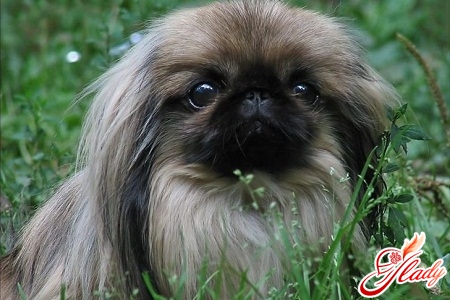
A little bit about content and upbringing
In addition to miniature sizes, decorative dogsare no different from their "full-size" counterparts. Therefore, they need to be trained in the same way as other dogs. If you allow a tiny dog to behave as it pleases, then from a charming baby it will very soon turn into a real tyrant. First of all, any dog living with a person must be obedient. Decorative dogs are no exception. They must know and follow basic commands: "place!", "come!", "no!", "sit!", "stand!". In addition, even a small dog must be accustomed to a leash (and sometimes to a muzzle), taught to behave correctly on the street (for its own safety). Many decorative dogs are athletic and active. Do not forget that these babies need to move no less than large dogs. Therefore, walk them more often, play with them and do not turn a walk into a dog's journey in the arms or in the bosom of the owner. True, due to their small size, these dogs often get cold, so they need extra clothing and even shoes when walking. Most small dogs are prone to overeating and obesity. Therefore, they should not be overfed. Calculate the dog's daily diet based on its size and do not spoil it with sweets and other treats that are harmful to dogs. Decorative dogs are easy to train and are happy to learn. And some of them are simply natural-born circus performers - they can learn to dance, sing (yes, yes, don't be surprised!) and perform other all sorts of tricks. Many representatives of decorative dog breeds also easily get used to relieving themselves in a tray, like cats. Basic care for small dogs consists of washing, cleaning the ears, trimming the claws and grooming the coat. Grooming the coat depends on its characteristics. Long-haired and smooth-haired dogs are combed and trimmed, wire-haired ones are trimmed. And, of course, you should monitor the health of your pets. Unfortunately, the lifespan of miniature dogs is shorter than that of large and even medium-sized dogs. But with proper care and attentive attitude from their owners, they can live to a ripe old age. Small decorative dog breeds are specially created to live with a person in his home. Their main purpose is to give joy, and they fulfill this purpose all their lives. Selfless love is a priceless gift, and only a dog (even the smallest) is able to love a person just for being there! We recommend reading:




